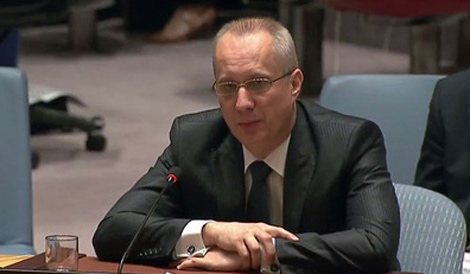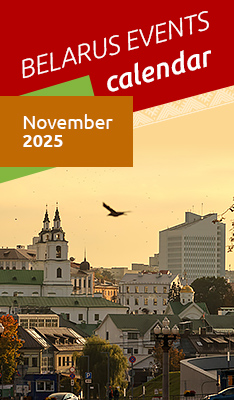Opinions & Interviews
Belarus moving into higher than average income countries category

Photo from archive
MINSK, 25 September (BelTA) – Belarus is moving into the category of countries with better than average income. Belarusian Deputy Minister of Foreign Affairs Andrei Dapkiunas made the statement as UNDP national strategic consultations officially opened on 25 September, BelTA has learned.
The diplomat said: “We are starting a new phase of Belarus’ interaction with the United Nations Development Program. Serious changes are in progress: Belarus is moving into the category of countries with better than average income. On the one hand, it is a positive thing. It testifies to our maturity. On the other hand, it signifies the need to think about and create a new context for Belarus’ interaction with the UNDP. Donors are less interested in sending resources in the direction of comparatively well-off countries. Their orientation towards less developed nations, the need for Belarus to co-finance projects, the reduction of funding appropriations are the factors we have to bear in mind as we get down to developing a UNDP country program for 2021-2025.”
The process of transition from the medium-income countries category into the higher than average income category involves certain complications. According to Andrei Dapkiunas, Belarus’ prosperity is confirmed by good statistics and by the rising gross domestic product per capita. However, external indicators of wellbeing can be very rickety at times. To make them stronger, a country needs support of the international community, not only financial support but also organizational one and assistance of experts. The international community is now thinking about in what forms this support should be granted and what innovative approaches can be used.
The UNDP country program for 2021-2025 will stipulate key avenues of the UNDP’s interaction with national partners. The Ministry of Foreign Affairs has a number of requests in that regard. For instance, the Ministry of Foreign Affairs would like to continue projects meant to provide aid to socially vulnerable population strata, environmental protection projects, projects to fight HIV and AIDS, projects on technical assistance with reaching the Sustainable Development Goals.
The matter of consequences of the Chernobyl nuclear power plant accident remains a priority area of efforts. “The work being done is extremely important for us. We cannot be stopped by the fact that someone is already tired of the topic. Even our closest partner countries are starting to show less interest in the matter. But we don’t follow fashion trends. The Chernobyl catastrophe is a matter we have to talk about because 70% of the radioactive fallout remains in Belarus. This pain will always stay with the country,” the deputy minister of foreign affairs stressed.
Belarus will need the UNDP’s aid after joining the World Trade Organization. Belarus’ accession to the WTO will require a serious enhancement of the country’s potential. The country will have to adapt to new conditions, will have to develop logistics. The assistance of UNDP experts in this regard will be extremely important.
“We expect that the new country program for 2021-2025 will primarily cater to national priorities. We are grateful they were taken into account by the previous program. We hope that the same approach will be used to make the next one so that projects, which are being implemented and are supposed to be implemented, would effectively complement efforts of the central government and municipal authorities. Apart from using someone else’s experience we are always ready to share our best practices, too,” Andrei Dapkiunas said.







 print version
print version make home page
make home page add to bookmarks
add to bookmarks

